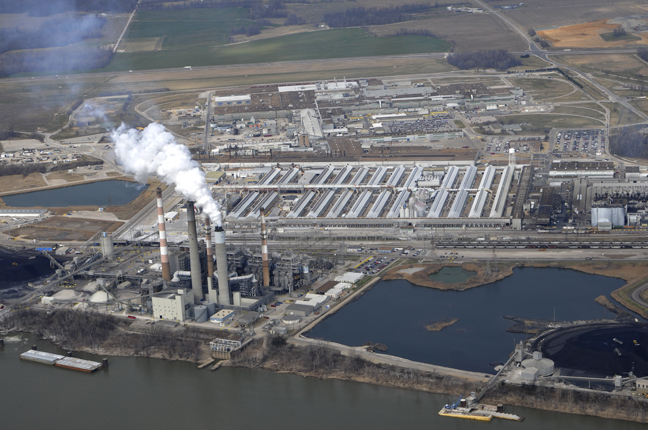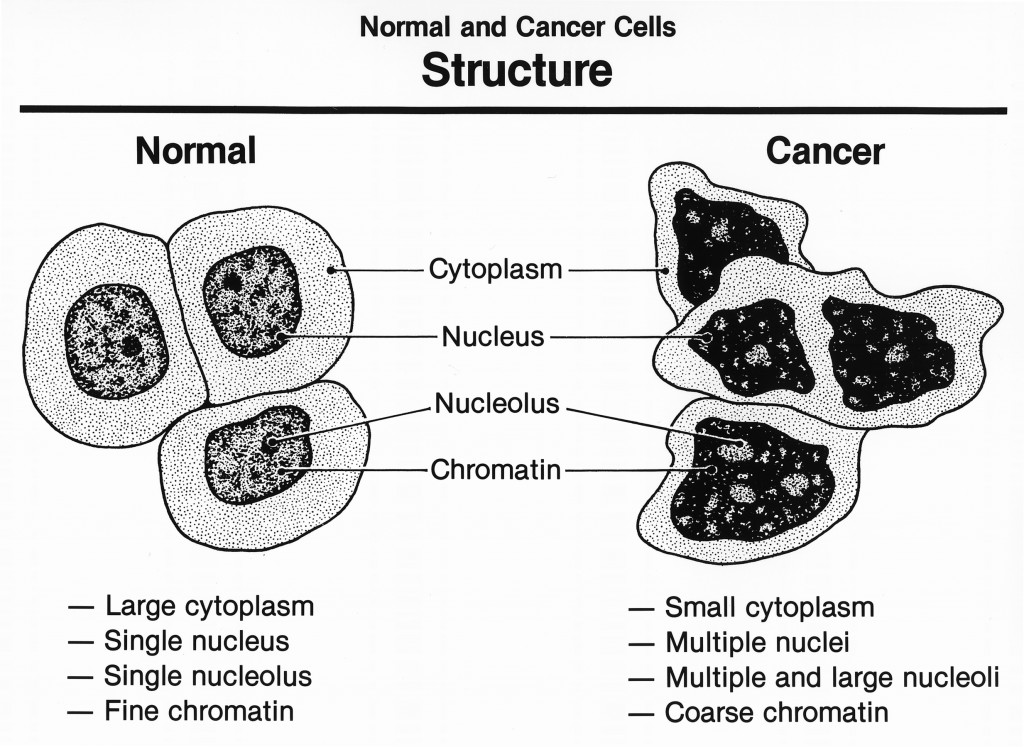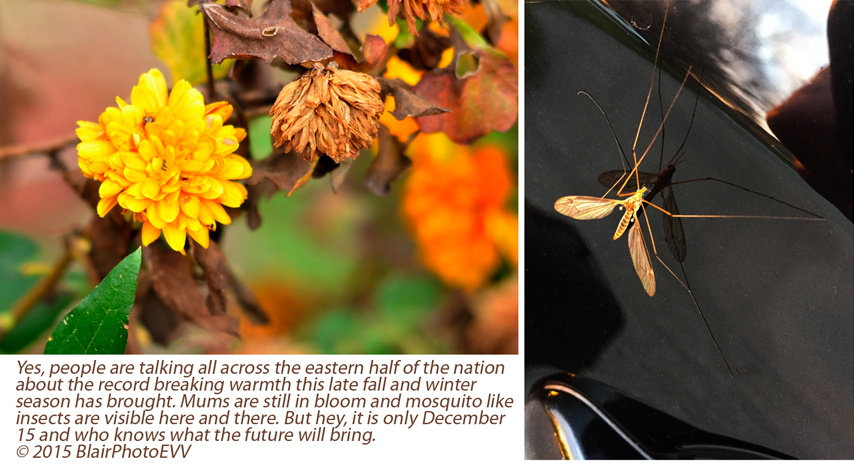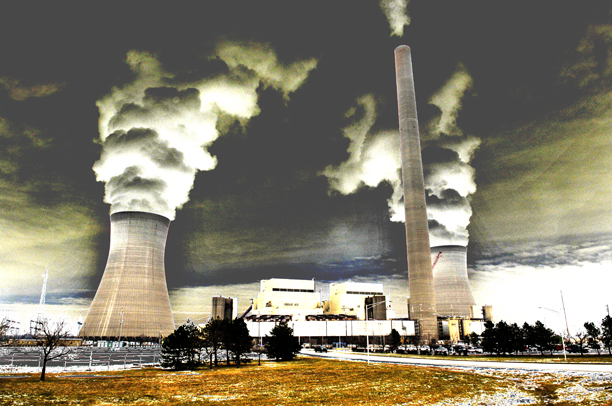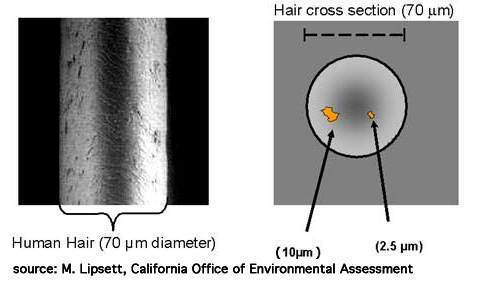March 8, 2016 – by Dr. Norma Kreilein in the Ft. Wayne Journal Gazette
Doctor sees effects of Rockport coal plant on her young patients

AEP/ I&M Rockport plant is a 2,600 megawatt plant located hundreds of miles away from the customers that use the electricity it generates, leaving residents of SW Indiana to experience illness and even death due to its massive pollution. © 2013 BlairPhotoEVV.
As a pediatrician in southwest Indiana, I regularly see young patients come into my office struggling with asthma, allergies, lung conditions or other ailments. We do our best to provide care and treatment to manage these conditions, but there are some forces that seem beyond our control.
Recently I learned that Indiana Michigan Power’s AEP-Rockport coal-fired power plant is the second-worst industrial polluter in our state and dumped nearly 6 million pounds of toxic pollution into our air, land and water in 2014. What’s worse, last year I&M rejected a plan to replace half of the AEP-Rockport coal-burning power plant with clean energy like wind, solar and energy efficiency. I&M’s greedy decision to choose a more expensive plan will cause 30 more years of harm to children living here, who suffer from air pollution on a daily basis.
When I moved back home to southern Indiana’s DuBois County in 1989 to begin my medical practice, I didn’t know I would become involved in battles to reduce air pollution from coal-burning power plants that threaten the health of children in my community. However, my oath as a doctor requires me to do no less than whatever I can to fight for clean air for my patients.
The health effects from burning coal are well known. Scientists from Indiana University-Purdue University Indianapolis have documented that brain-damaging mercury ends up in the soil, air and water around coal-fired plants. The University of Cincinnati has linked soot pollution to increased risk for stillbirth and prematurity, and I believe air pollution is likely one of the causes of Indiana’s high infant mortality rate.
I’ve seen the effects of air pollution every day in more than 25 years of caring for children’s health in the shadow of coal-burning power plants like AEP-Rockport. If you could see the abnormally high number of children with allergies, sinus problems and chronic illness in my community, you would want to do something, too.
My problem with pollution is that it pollutes children’s bodies. The problem with mercury is that it ends up in a kid’s brain. And the problem with particulates is that they end up in a kid’s lungs.
More than 300,000 concerned doctors in the American Medical Association, the American Academy of Pediatrics, the American Public Health Association and the American Thoracic Society collectively agree with the federal Clean Power Plan and its goal of reducing dangerous air pollution from power plants.
I find it frustrating that sulfur dioxide monitors are found in only seven of Indiana’s 92 counties. Positioning them as far away from the coal plants as possible isn’t ethical, doesn’t adequately protect children living near the plants and is an appalling example of how Indiana officials cherry pick data to arrive at the results they want.
It is irresponsible for I&M President Paul Chodak to promote his company’s 20-year energy plan to customers in northern Indiana without mentioning the billions of dollars that he wants to spend prolonging the life of an outdated, dangerous and deadly coal-burning power plant in southwest Indiana. I&M and its parent company, AEP Corp., need to stop filling our air with toxic pollution and start accelerating the transition to clean energy. The lives of my patients, friends and neighbors depend upon it.
Dr. Norma Kreilein is a pediatrician based in Washington, Indiana.





